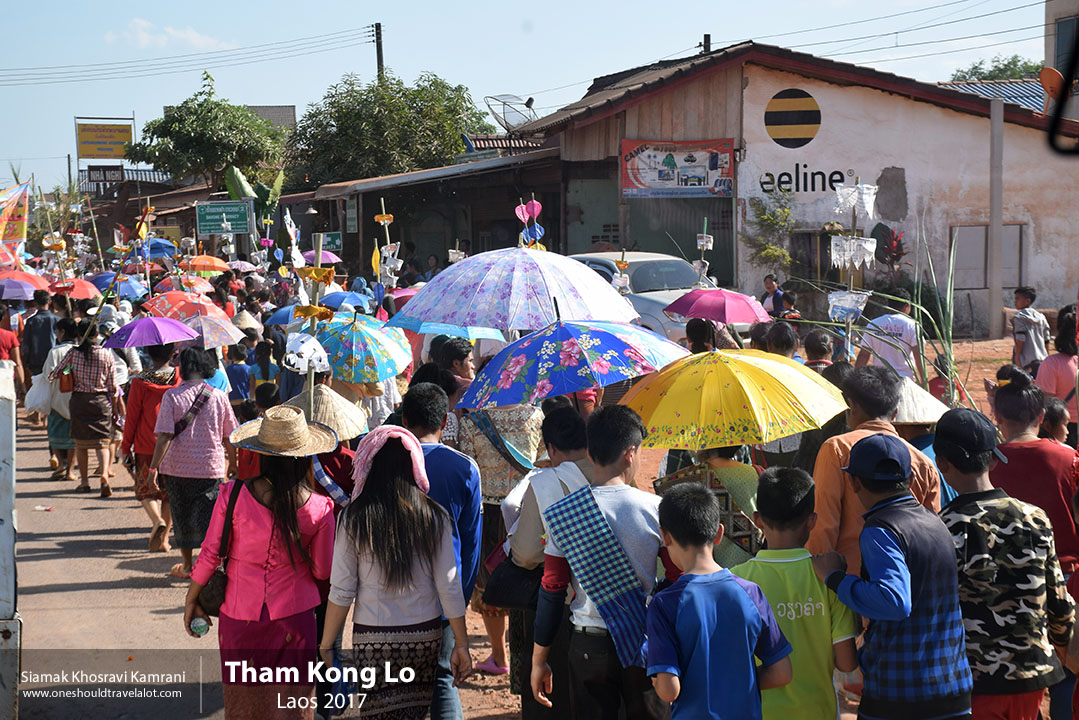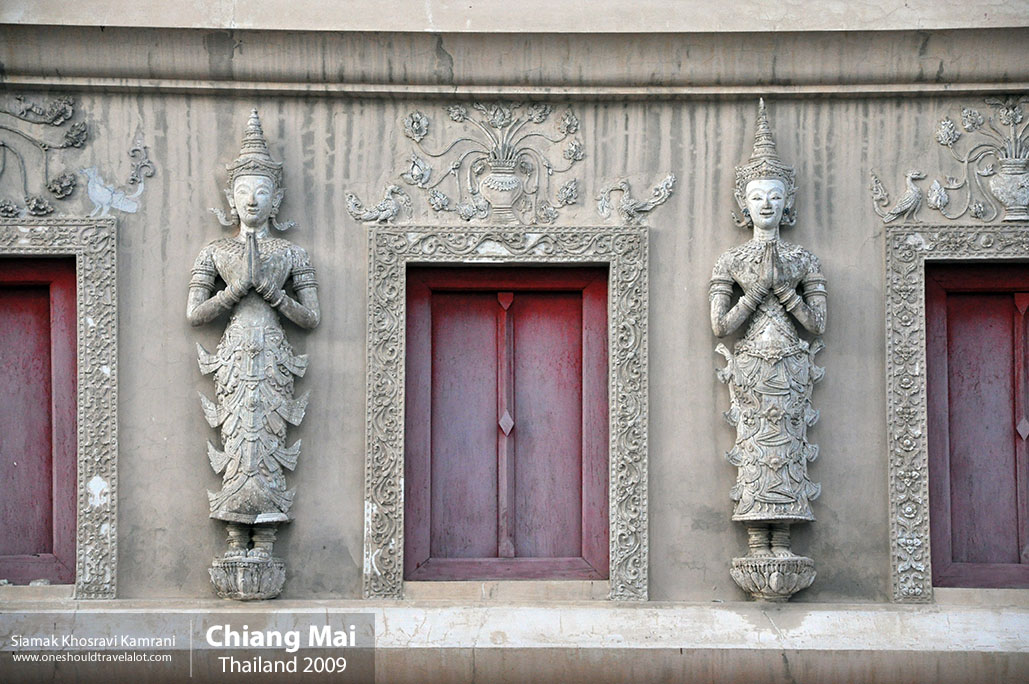A Journey Through Sop Pong: A Photographer’s Tale
Sop Pong
As I stepped off the bus into the quaint village of Sop Pong, nestled in the mountainous region of northern Thailand, I was immediately struck by the tranquil atmosphere. Sop Pong, also known as Soppong, is a hidden gem located in the Pang Mapha district of Mae Hong Son Province. This charming village is a sanctuary for those seeking a serene escape from the bustling cities, and as a photographer, I was eager to capture its untouched beauty.
First Impressions: A Serene Welcome
Sop Pong greeted me with a gentle breeze that rustled through the lush greenery. The village, surrounded by verdant hills and dense forests, felt like a breath of fresh air. The locals, a mix of ethnic Thais and hill tribe people, welcomed me with warm smiles and friendly nods. The sense of community here was palpable, and I could already tell that this journey would be an enriching experience.
Exploring the Landscape: A Photographer’s Dream
Armed with my camera, I began to explore the village and its surroundings. Sop Pong’s landscape is a tapestry of limestone mountains, caves, and rivers. One of the most notable attractions is Tham Lod Cave, a massive cavern system that stretches for over a kilometer. As I ventured into the cave, guided by a local with a lantern, the sight of stalactites and stalagmites illuminated by the flickering light was mesmerizing. The Lang River runs through the cave, and I was fortunate enough to take a bamboo raft ride inside, capturing the eerie beauty of the cavern from a unique perspective.
The Heart of the Village: Culture and Community
Sop Pong is more than just its natural beauty; it’s a village rich in culture and traditions. The local market, held every Tuesday, is a vibrant hub where villagers gather to sell their produce, handicrafts, and delicious street food. As I wandered through the market, the aroma of grilled meats and fresh herbs filled the air. I couldn’t resist trying a few local delicacies, including som tam (spicy papaya salad) and khao soi (a northern Thai curry noodle soup). Each bite was a burst of flavors, reflecting the region’s culinary heritage.
The People of Sop Pong: A Tapestry of Ethnicities
The people of Sop Pong are a blend of various ethnic groups, including the Shan, Lahu, and Lisu tribes. Each group has its own unique customs, traditional attire, and languages. I had the opportunity to visit a Lahu village, where I was greeted with traditional music and dance. The villagers, dressed in their vibrant, handwoven garments, shared stories of their ancestry and way of life. It was fascinating to learn about their traditions, from intricate beadwork to ancient agricultural practices. As I photographed the villagers, I aimed to capture the essence of their rich cultural heritage.
Immersing in Local Traditions: A Cultural Experience
During my stay, I was invited to participate in a traditional ceremony called the “Bai Sri Su Kwan.” This ritual, performed to bless and bring good fortune, involved tying white strings around my wrists while the village elder chanted blessings. It was a deeply spiritual experience that connected me to the local culture on a profound level. The kindness and hospitality of the villagers left a lasting impression, and I felt a deep sense of gratitude for being welcomed into their community.
The Rhythm of Daily Life: Observing Simplicity
Life in Sop Pong moves at a slower pace, a refreshing change from the hectic rhythm of urban life. The villagers rise with the sun, tending to their farms and livestock. Children play in the fields, their laughter echoing through the valley. As I roamed the village, I couldn’t help but notice the simple yet fulfilling lives led by the locals. They live in harmony with nature, their routines dictated by the seasons and the land. It was a humbling experience that reminded me of the beauty of simplicity.
The Natural Wonders: From Sunrises to Sunsets
One of the highlights of my journey was witnessing the breathtaking sunrises and sunsets in Sop Pong. Each morning, I would hike up a nearby hill to capture the first light of day illuminating the mist-covered valley. The golden hues of the sunrise, coupled with the serene silence of the early morning, created a magical ambiance. Similarly, the sunsets painted the sky in shades of pink and orange, casting a warm glow over the village. These moments of natural splendor were a photographer’s dream, and I found myself lost in the beauty of the landscapes.
The Standard of Living: A Glimpse into Rural Life
Sop Pong is a village where modern conveniences are limited, but the quality of life is rich in other ways. The standard of living here is modest, with many homes made of bamboo and thatch. However, the villagers have access to clean water, basic healthcare, and education. The sense of community and the strong social bonds make up for the lack of material wealth. It was inspiring to see how the villagers supported each other, sharing resources and helping one another in times of need. This close-knit community spirit is something that urban societies often lack.
The Adventure Continues: Cave Explorations and Beyond
Apart from Tham Lod Cave, Sop Pong is home to several other caves waiting to be explored. Each cave has its own unique features, from ancient rock paintings to underground rivers. I spent hours exploring these natural wonders, photographing the intricate rock formations and the play of light and shadow within the caverns. These explorations were not just about capturing beautiful images but also about experiencing the sense of mystery and adventure that comes with delving into the unknown.
Farewell to Sop Pong: A Lasting Impression
As my time in Sop Pong came to an end, I felt a mix of sadness and fulfillment. This journey had been more than just a photographic expedition; it had been a soul-enriching experience. The serene landscapes, the rich cultural heritage, and the warm-hearted people had left an indelible mark on my heart. Sop Pong may be a small village, but its charm and beauty are boundless. As I boarded the bus to my next destination, I knew that the memories and images I had captured would stay with me forever.



